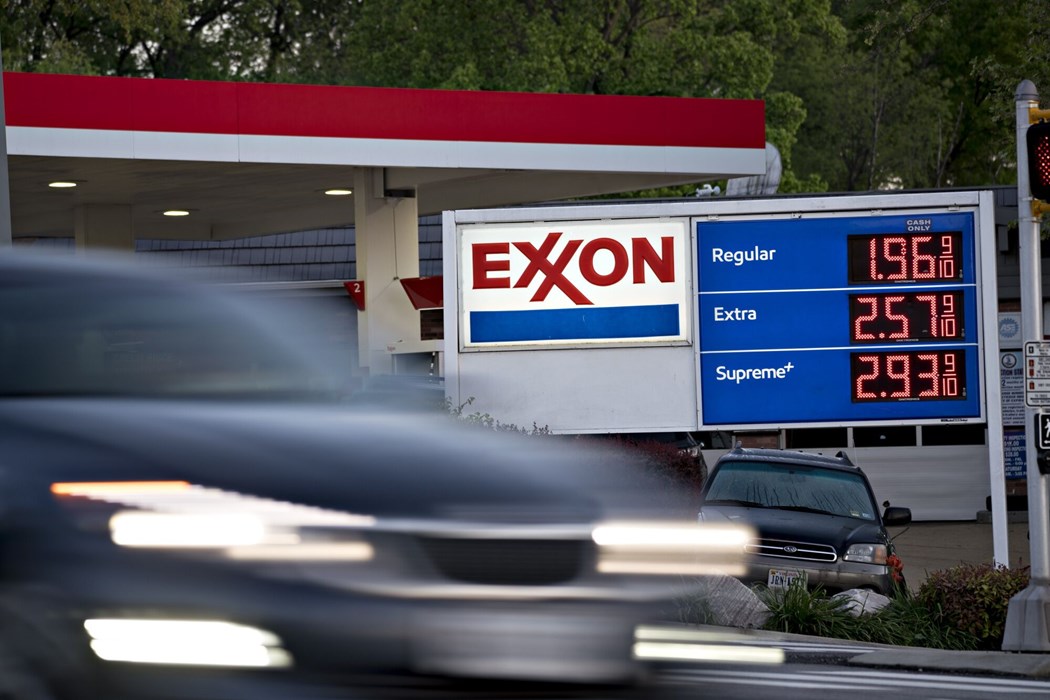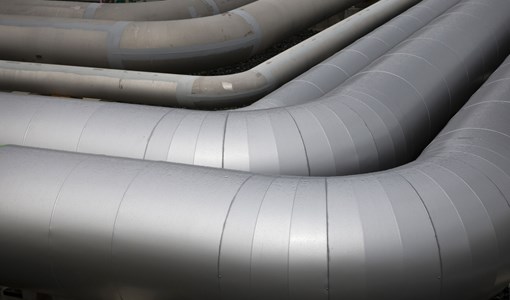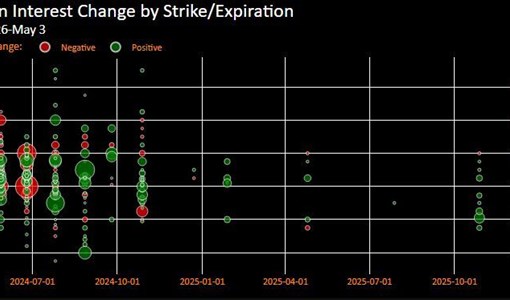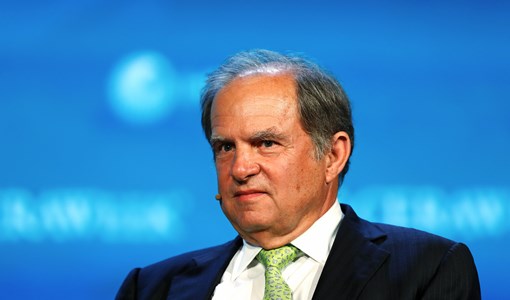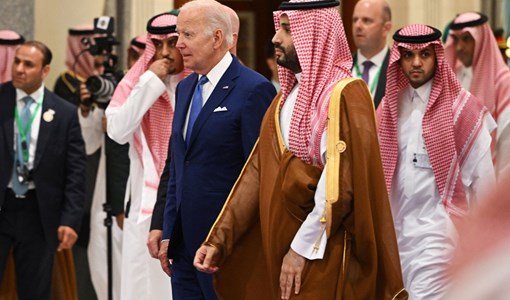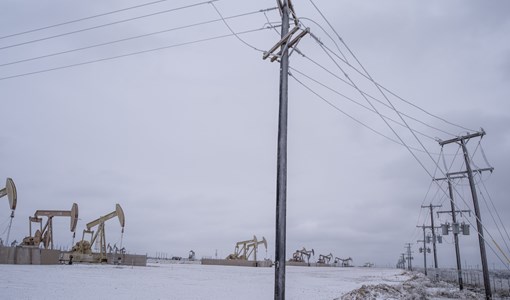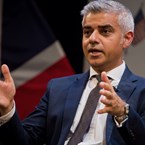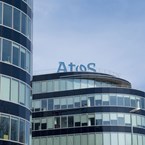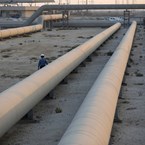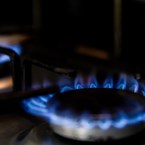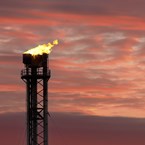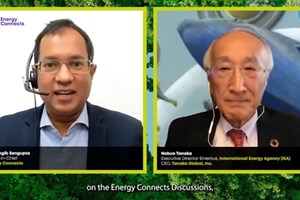Exxon Disappoints on Non-Cash Charges Despite Guyana Boost
(Bloomberg) -- Exxon Mobil Corp. posted disappointing results after a bevy of non-cash charges took the shine off surging oil output from its marquee development in Guyana.
First-quarter profit of $2.06 a share was 13 cents shy of the average analyst estimate in the Bloomberg Consensus. Exxon shares dropped as much as 3.2% in pre-market trading.
Despite the earnings shortfall, cash flow from operations of $14.7 billion was $1 billion higher than forecasts, boosted by the more than 35% uplift in Guyanese crude production.
“Any given quarter we’ll have a number of non-cash, just a bit more unusual expenses that kind of ebb and flow,” Chief Financial Officer Kathy Mikells said in an interview. “This quarter we had a number of small ones that added up together to be more significant and that’s difficult for analysts to model.”

Expectations for Exxon were high going into earnings season because of a shift in investor sentiment that favors oil-production growth. Exxon started output at Payara, its third Guyanese development, ahead of schedule late last year, adding 220,000 barrels of daily supplies that earn profits even if crude plunges to the $35 mark.
Exxon was down 1.7% at 6:36 a.m. in New York.
“We continue to bring projects in more quickly and under budget so we’ve just had great execution in Guyana,” Mikells said, noting that gross daily production is now more than 600,000 barrels, up from 440,000 in the final three months of 2023.
Exxon’s performance in Guyana underscores why arch-rival Chevron Corp. wants to get into the project via a $53 billion takeover of Hess Corp., which has a 30% stake. Exxon claims it has a right-of-first refusal over Hess’s stake while Chevron says that doesn’t apply because its deal is a corporate merger.
Arbitration is still in its “very early days,” Mikells said. Each side has chosen one arbitrator who will sit on a panel of three, she said. Hess this week extended the closing date of its deal with Chevron by six months to October.
Exxon’s capital spending was $5.8 billion in the first quarter, nearly a third lower than the previous three month period when the company incurred some added Guyana costs. If that level of spending is repeated for the rest of the year, annual capital expenditure would come in at the low end of the company’s $23 billion to $25 billion guidance.
Exxon’s accounting charges were non-cash items associated with tax and inventory balance sheet adjustments, Mikells said. The company also had higher expenses from scheduled maintenance at its facilities.
(Adds share-price decline in second, sixth paragraphs.)
©2024 Bloomberg L.P.
KEEPING THE ENERGY INDUSTRY CONNECTED
Subscribe to our newsletter and get the best of Energy Connects directly to your inbox each week.
By subscribing, you agree to the processing of your personal data by dmg events as described in the Privacy Policy.
More gas & LNG news

QatarEnergy orders 18 of the world’s largest LNG vessels from China for $6 billion
Apr 30, 2024
Next US LNG Export Plant Aims to Begin Production in Mid-2024
Apr 28, 2024
Texas Power Prices Signal Grid Stress in Another Long, Hot Summer
Apr 27, 2024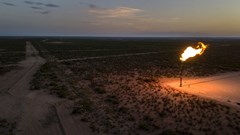
Texas Natural Gas Prices Plummet After Pipeline Fire
Apr 26, 2024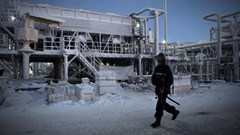
EU Weighs Sanctions on Russian LNG Projects, Transshipments
Apr 25, 2024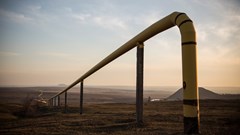
European Gas Traders Are Already Worrying About Next Winter
Apr 24, 2024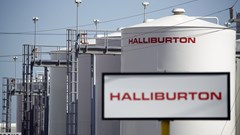
Halliburton Sees Best Profit in 12 Years Amid Smaller Shale
Apr 23, 2024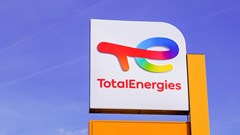
TotalEnergies agrees to purchase the remaining 50% of Malaysian upstream operator SapuraOMV
Apr 23, 2024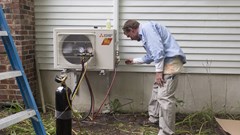
Heat Pump Makers Woo Contractors in Effort to Spur US Sales
Apr 22, 2024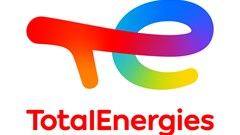
TotalEnergies launches Marsa LNG project and deploys multi-energy strategy in Oman
Apr 22, 2024
Why the energy industry is on the cusp of disruptive reinvention
Mar 12, 2024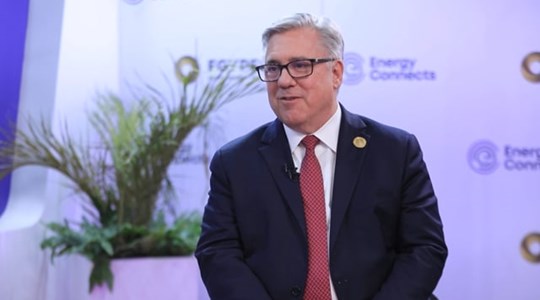
Chevron helping drive Egypt’s journey to become Africa’s energy powerhouse
Mar 11, 2024
Energy Workforce helps bridge the gender gap in the industry
Mar 08, 2024
EGYPES Climatech champion on a mission to combat climate change
Mar 04, 2024
Fertiglobe’s sustainability journey
Feb 29, 2024
India’s energy sector presents lucrative opportunities for global companies
Jan 31, 2024
Oil India charts the course to ambitious energy growth
Jan 25, 2024
Maritime sector is stepping up to the challenges of decarbonisation
Jan 08, 2024
COP28: turning transition challenges into clean energy opportunities
Dec 08, 2023
Why 2030 is a pivotal year in the race to net zero
Oct 26, 2023Partner content

Ebara Elliott Energy offers a range of products for a sustainable energy economy

Essar outlines how its CBM contribution is bolstering for India’s energy landscape

Positioning petrochemicals market in the emerging circular economy

Navigating markets and creating significant regional opportunities with Spectrum


